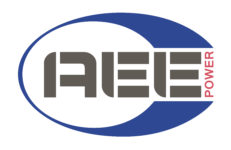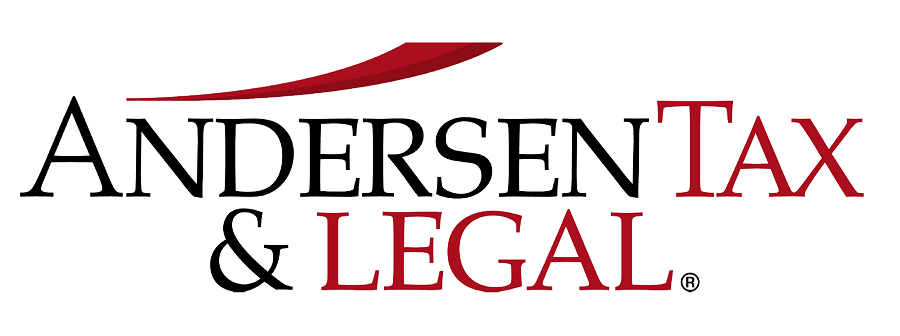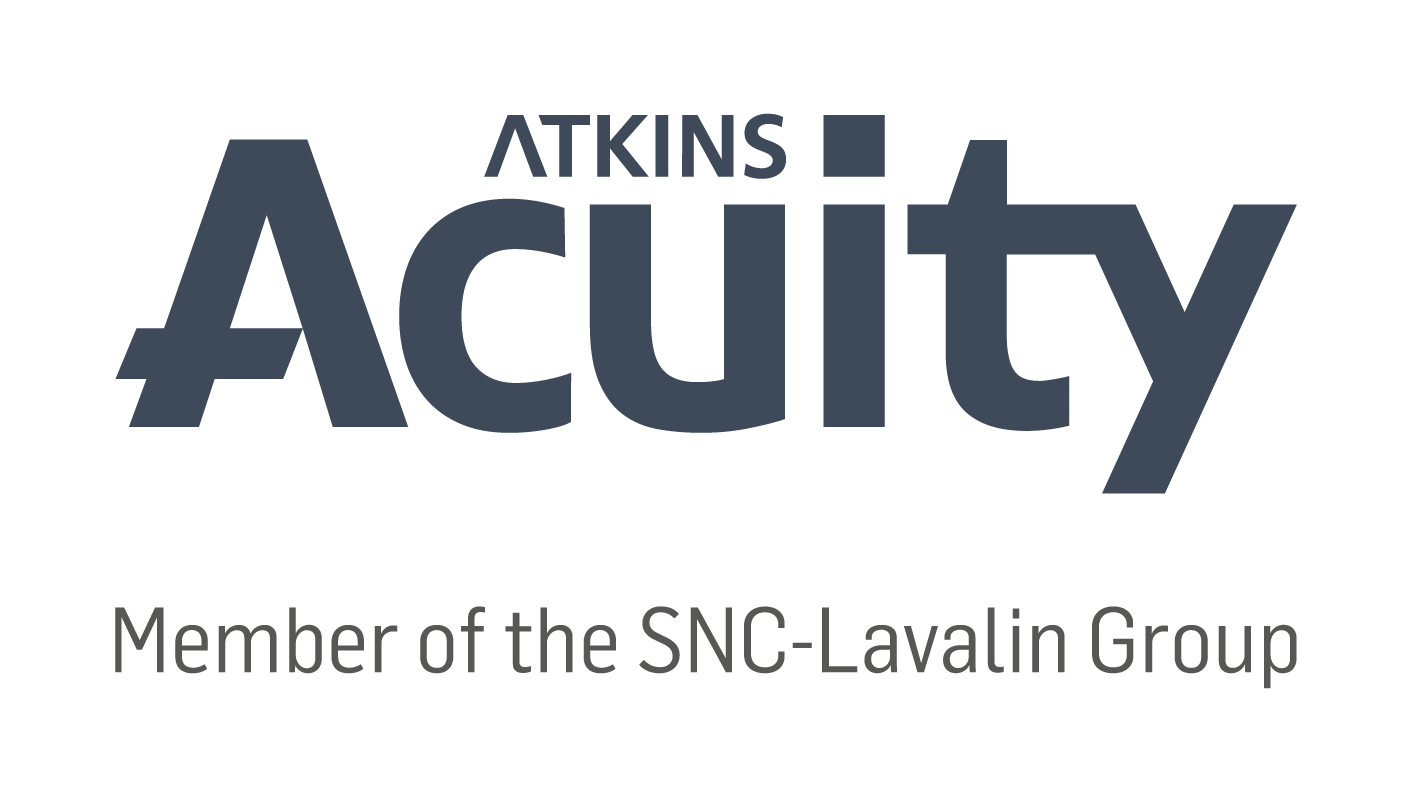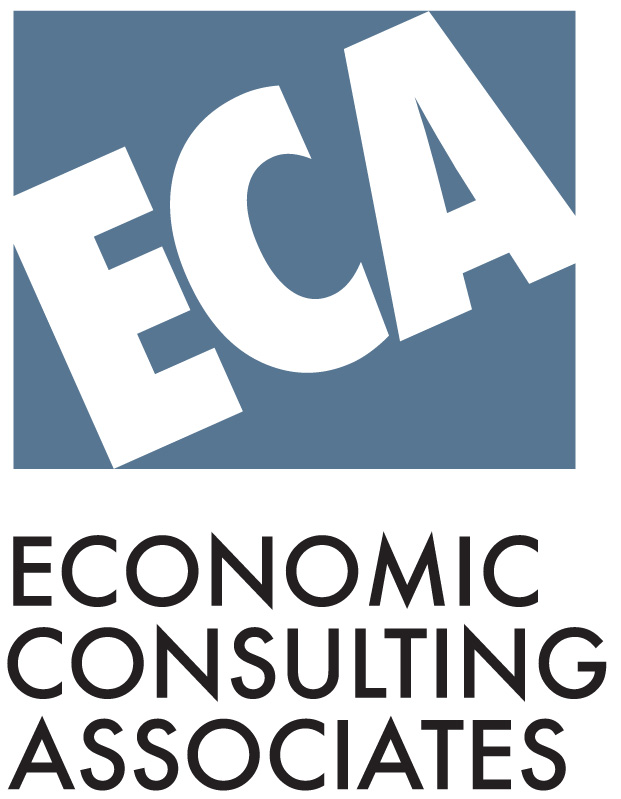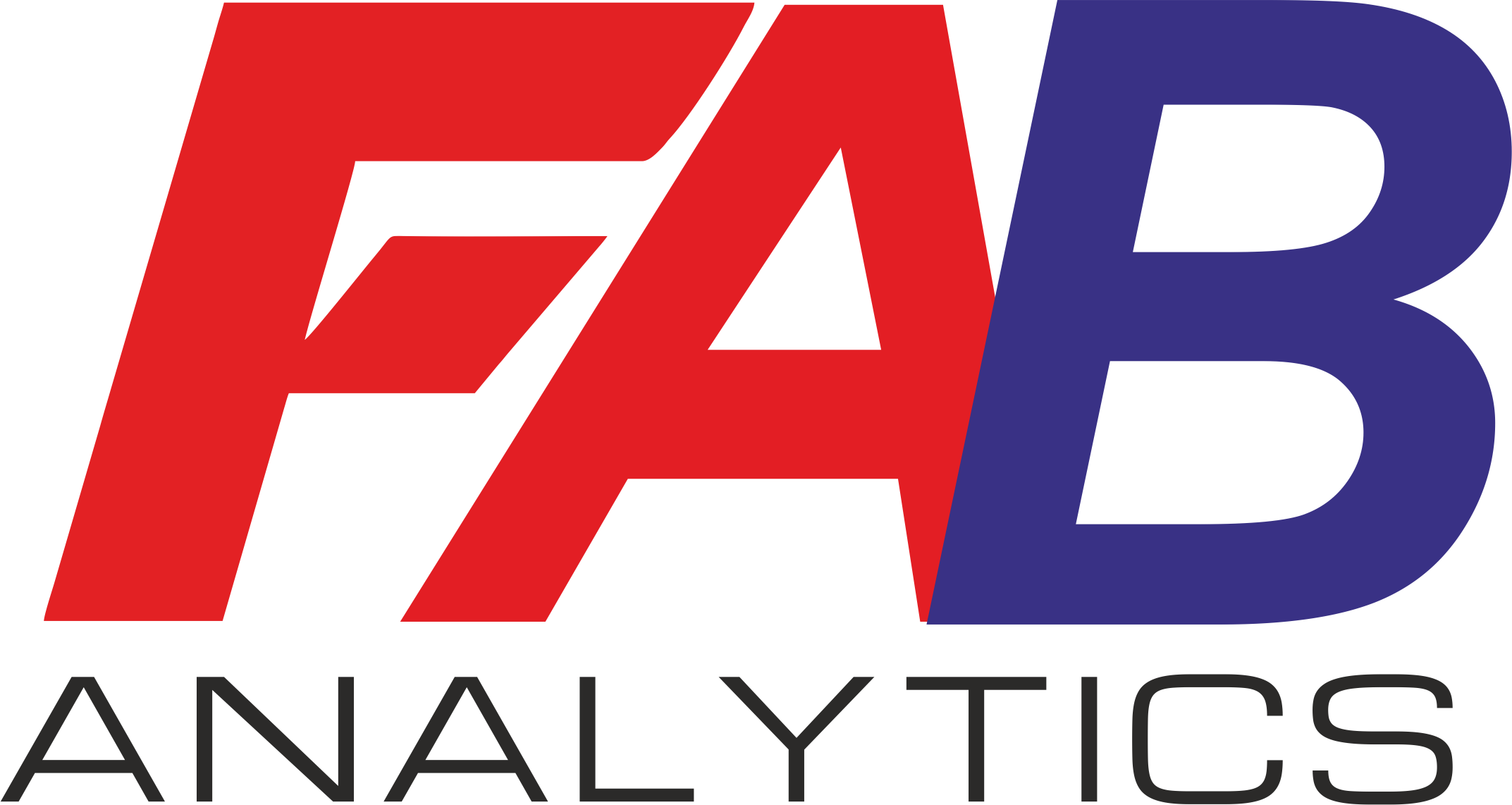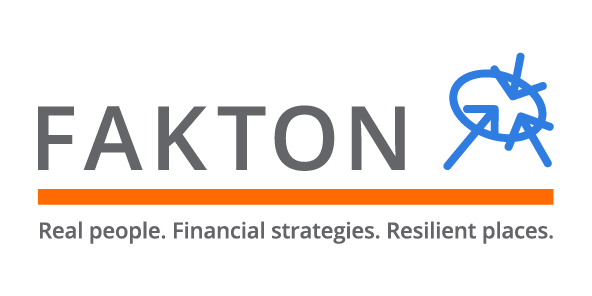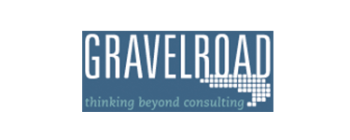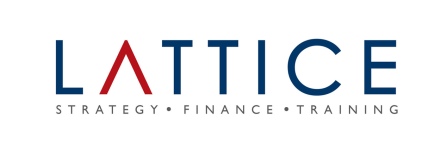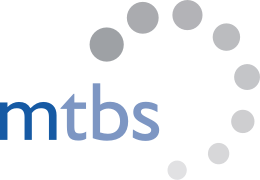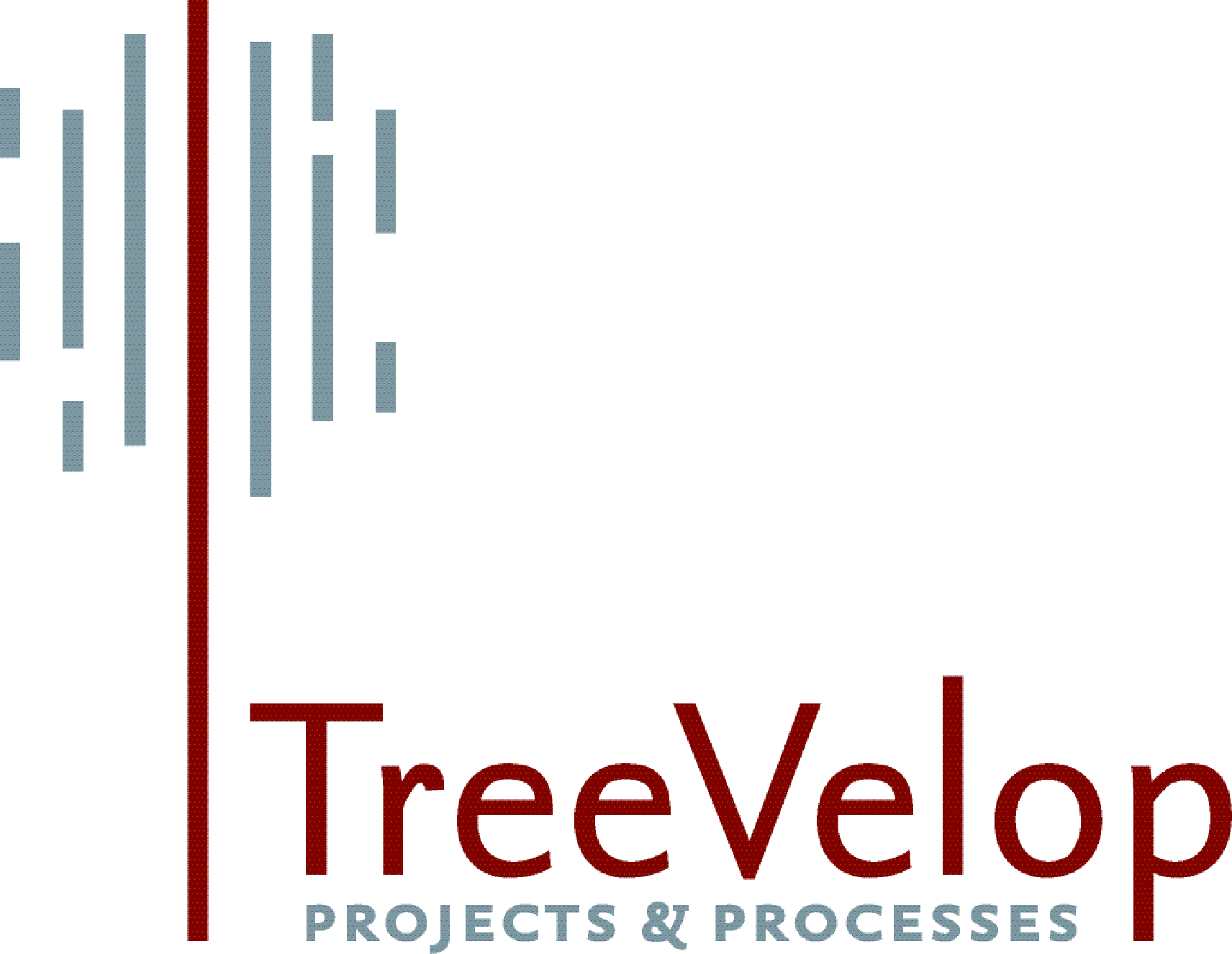Good Financial Models
Should Be
FAST
Flexible
To be effective, the structure and style of models require flexibility for both immediate usage and the long term.
They should allow multiple users to run scenarios and sensitivities and to make modifications over an extended period as new information becomes available. This level of flexibility is achieved through maintaining the simplicity of the model, rather than attempting to incorporate complex devices with an option for every eventuality.
Appropriate
Models must reflect key business assumptions directly and faithfully without being cluttered in unnecessary detail.
The modeller must not lose sight of what a model is: a good representation of reality, rather than reality itself. Spurious precision is distracting, verging on dangerous, particularly when it is unbalanced. For example, highly specific tax assumptions may lead to an expectation that all elements of the model are equally certain, creating a false impression if the revenue forecast is essentially guesswork. An excessively detailed base case will drown the more important scenario-based risk analysis and may prevent the practical execution of Monte Carlo analysis.
Structured
Rigorous consistency in layout and organisation is essential in retaining the model’s logical integrity over time, particularly as a model’s author may change.
A consistent approach to structuring workbooks, worksheets, and formulas saves time when building, learning, or maintaining the model.
Transparent
Effective models are founded upon simple, clear formulas that can be understood by other modellers and non-modellers alike.
Confidence in a financial model’s integrity can only be assured through the clarity of a logical structure and layout. Many of the recommendations that enhance transparency also increase the flexibility of the model: if they can be reviewed easily this facilitates any future adaptation that may be required.




